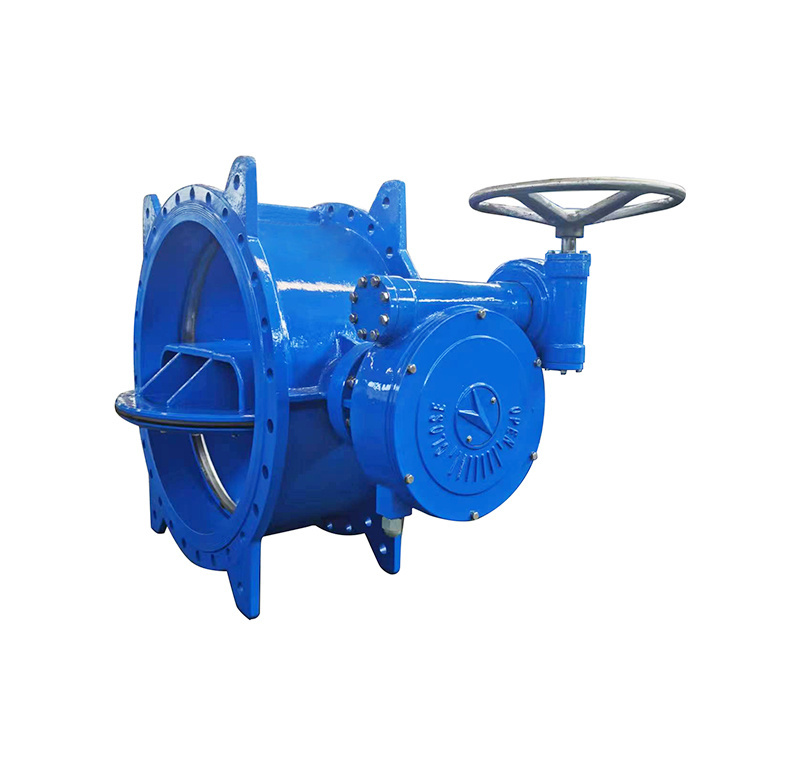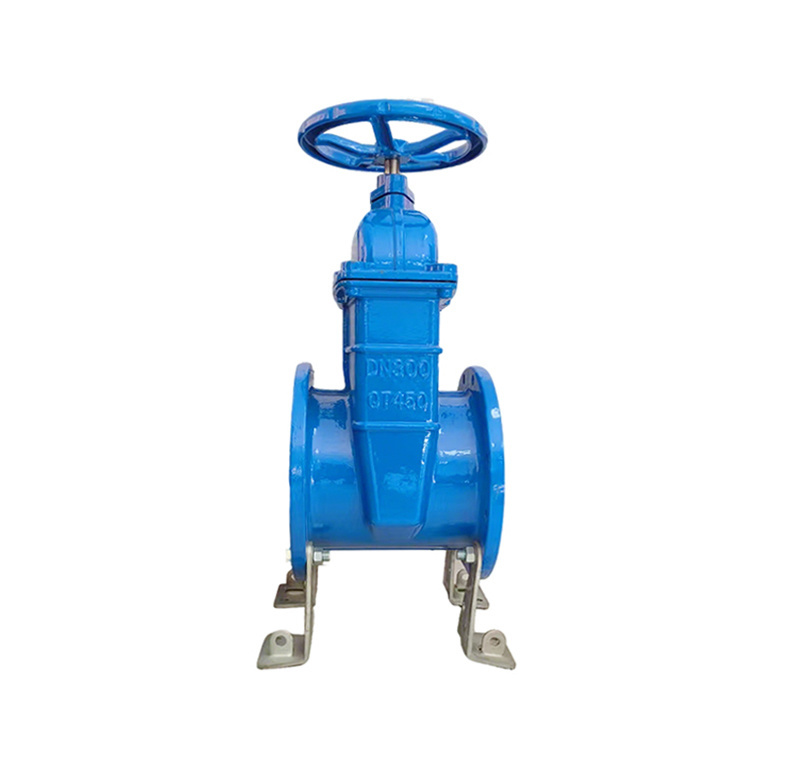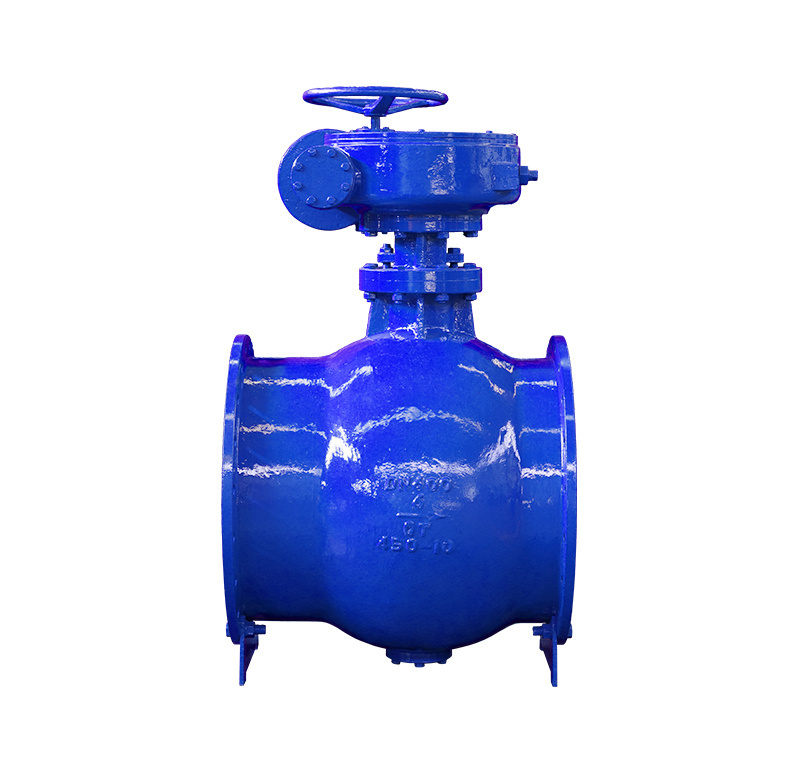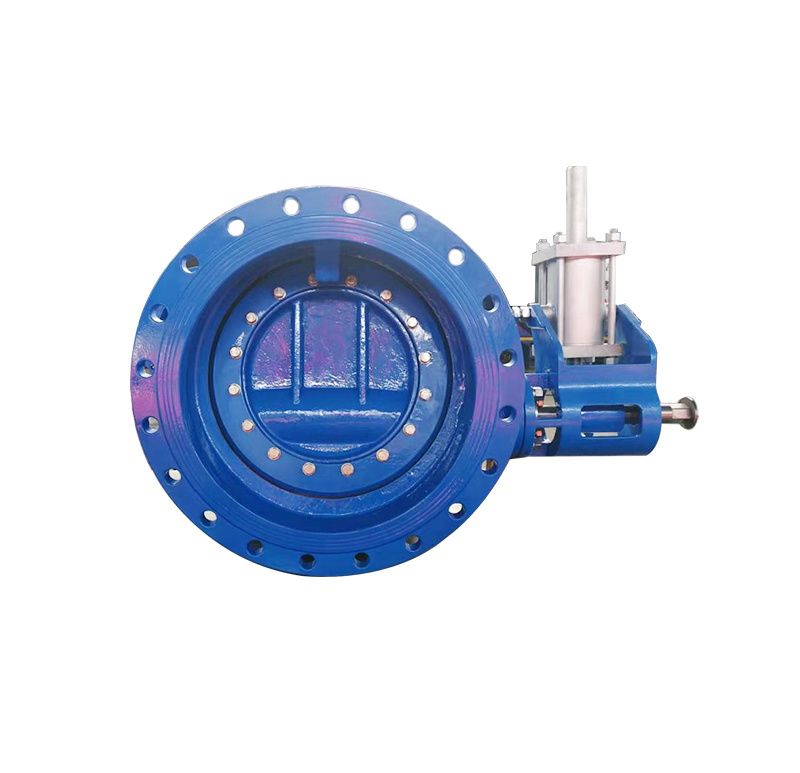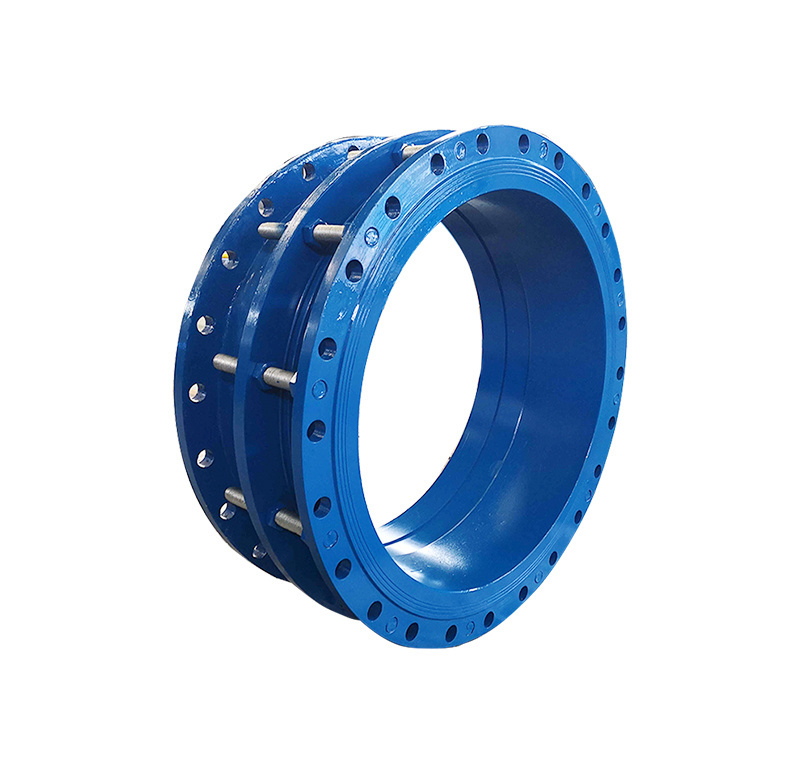Understanding the Mechanism of Regulating Butterfly Valves: A Comprehensive Guide
Understanding the Mechanism of Regulating Butterfly Valves
Table of Contents
1. Introduction to Butterfly Valves
2. How Butterfly Valves Work
3. Types of Butterfly Valves
4. Applications of Butterfly Valves in Industry
5. Advantages of Using Butterfly Valves
6. Maintenance Tips for Butterfly Valves
7. Frequently Asked Questions
8. Conclusion
1. Introduction to But
Understanding the Mechanism of Regulating Butterfly Valves
Table of Contents
- 1. Introduction to Butterfly Valves
- 2. How Butterfly Valves Work
- 3. Types of Butterfly Valves
- 4. Applications of Butterfly Valves in Industry
- 5. Advantages of Using Butterfly Valves
- 6. Maintenance Tips for Butterfly Valves
- 7. Frequently Asked Questions
- 8. Conclusion
1. Introduction to Butterfly Valves
Butterfly valves are essential components in various industrial processes, playing a critical role in fluid control and regulation. Their design is characterized by a circular disc that rotates around a central axis, allowing for quick and efficient modulation of flow. Understanding the mechanism regulating butterfly valves is crucial for engineers, technicians, and industry professionals who rely on these devices for optimal operational efficiency.
2. How Butterfly Valves Work
At the heart of butterfly valve functionality is the simple yet effective mechanism that allows for flow control. The valve consists of a disc (or plate) connected to a rod. When the valve is closed, the disc sits perpendicular to the flow, preventing fluid passage. When the valve is opened, the disc rotates to a parallel position, allowing for unrestricted flow.
The Role of the Actuator
The actuator is a vital component that drives the opening and closing of the butterfly valve. It can be manual, pneumatic, hydraulic, or electric, depending on the application requirements. The actuator provides precise control over the valve position, allowing for regulated flow based on system demands.
Flow Regulation Mechanism
The unique design of butterfly valves enables not only on/off functionality but also precise flow regulation. By adjusting the angle of the disc, operators can manage the flow rate effectively. This feature is particularly beneficial in applications where maintaining specific flow conditions is essential.
3. Types of Butterfly Valves
Butterfly valves come in various types, each designed to cater to specific operational needs. Here are the most common types:
3.1 Wafer Butterfly Valve
The wafer butterfly valve is the most prevalent type used in various applications. Its compact design allows it to fit between two flanges, making installation simple and cost-effective.
3.2 Lug Butterfly Valve
Lug butterfly valves are designed with threaded holes for bolting to the pipeline. They are ideal for services that require the valve to be removed without disrupting the entire pipeline.
3.3 Double-Flanged Butterfly Valve
Double-flanged butterfly valves are suitable for high-pressure systems. Their design allows for secure connections on both sides and offers enhanced durability and performance.
3.4 High-Performance Butterfly Valve
These valves are engineered for high-pressure and temperature applications. They feature advanced sealing technology, ensuring minimal leakage and long service life.
4. Applications of Butterfly Valves in Industry
Butterfly valves are utilized across various industries due to their versatility and efficiency. Some common applications include:
4.1 Water Treatment Plants
In water treatment facilities, butterfly valves manage the flow of water through filtration and purification systems, ensuring quality control.
4.2 HVAC Systems
In heating, ventilation, and air conditioning systems, butterfly valves regulate airflow, contributing to energy efficiency and climate control.
4.4 Chemical Processing
The chemical industry employs butterfly valves for their ability to handle corrosive fluids and maintain precise flow control during chemical reactions.
5. Advantages of Using Butterfly Valves
The design and functionality of butterfly valves offer several advantages:
5.1 Space Efficiency
Butterfly valves are compact, making them ideal for installations where space is limited. Their lightweight design also reduces the overall weight of piping systems.
5.2 Cost-Effectiveness
Due to their simple construction, butterfly valves are generally more affordable than other valve types. They require less material, leading to cost savings in manufacturing and installation.
5.3 Quick Operation
The quarter-turn operation of butterfly valves allows for rapid opening and closing, contributing to efficient process control.
5.4 Versatility
Butterfly valves can function in a wide range of applications, from water supply systems to high-pressure gas services, demonstrating their adaptability.
6. Maintenance Tips for Butterfly Valves
Proper maintenance of butterfly valves ensures their longevity and reliable performance. Here are some essential maintenance tips:
6.1 Regular Inspection
Routine inspections help identify potential issues, such as leaks or wear on the sealing surfaces. Regular checks can prevent unexpected failures.
6.2 Lubrication
For manual and pneumatic actuators, ensuring proper lubrication is essential. It minimizes friction and wear, extending the lifespan of the actuator components.
6.3 Cleaning
Cleaning the valve and surrounding areas prevents the accumulation of debris, which can interfere with valve operation. Use appropriate cleaning agents that are safe for the valve material.
7. Frequently Asked Questions
7.1 What is the primary function of butterfly valves?
The primary function of butterfly valves is to regulate fluid flow within a system, allowing for both on/off control and precise flow regulation.
7.2 How do I select the right butterfly valve for my application?
Selecting the right butterfly valve involves considering factors such as pressure, temperature, fluid type, and specific operational requirements. Consult with a valve specialist for tailored recommendations.
7.3 Can butterfly valves handle corrosive fluids?
Yes, butterfly valves are available with materials specifically designed to handle corrosive fluids. Always verify the material compatibility with the fluid in question.
7.4 What are the signs of a malfunctioning butterfly valve?
Signs of a malfunctioning butterfly valve include leaking, difficulty in opening or closing, and strange noises during operation. Regular maintenance can help identify these issues early.
7.5 How can I improve the performance of my butterfly valves?
Improving the performance of butterfly valves can be achieved through regular maintenance, appropriate installation practices, and using the right actuator for your specific application.
8. Conclusion
Understanding the mechanism of regulating butterfly valves is vital for anyone involved in the design, operation, or maintenance of fluid control systems. Their unique design features and advantages make them invaluable in various industrial applications. By selecting the right type of butterfly valve and adhering to proper maintenance practices, professionals can ensure efficient and reliable performance, ultimately optimizing operational efficiency across diverse applications. Adopting a proactive approach to valve management will result in long-term benefits, reducing downtime and enhancing productivity.









